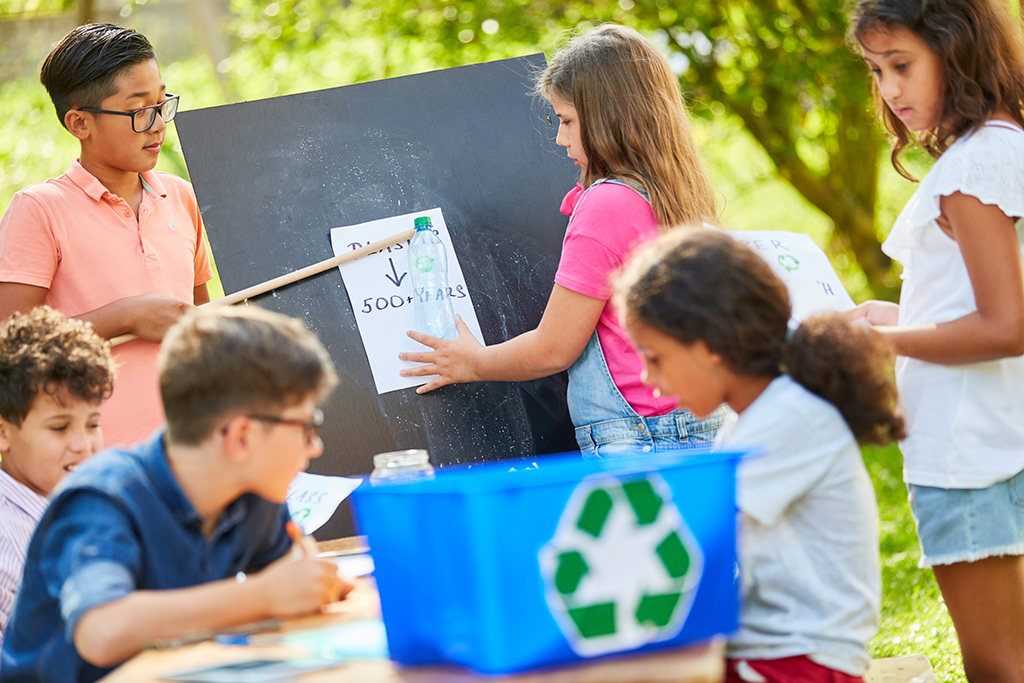Written by: Claudia Garcia

In recent years, STEM education has become a cornerstone of academic curriculums worldwide, preparing students to tackle real-world challenges in science, technology, engineering, and mathematics. However, traditional teaching methods often struggle to engage students or spark their curiosity. Enter project-based learning (PBL), a transformative approach that places students at the center of their education by encouraging them to learn through practical, hands-on projects.
This blog explores how PBL can motivate students, deepen their understanding of STEM concepts, and provide practical advice for teachers to integrate this approach into their classrooms.
What Is Project-Based Learning?
Project-based learning is an instructional method where students learn by actively engaging in real-world and meaningful projects. Instead of passively absorbing information, they apply their knowledge to solve problems, create models, and present solutions. This method fosters critical thinking, creativity, and collaboration—skills essential for success in STEM fields.
Why Is PBL Effective in STEM Education?
STEM subjects are inherently practical and problem-solving in nature. PBL complements these characteristics by:
- Boosting Engagement: Hands-on projects give students a sense of purpose and relevance, making learning more exciting and tangible.
- Encouraging Collaboration: STEM projects often require teamwork, helping students develop interpersonal skills while working toward a shared goal.
- Enhancing Retention: By applying concepts to real-world scenarios, students retain knowledge more effectively than through traditional lectures.
- Building Confidence: Successfully completing a project empowers students and builds their confidence in tackling complex challenges.
- Connecting Theory to Practice: PBL bridges the gap between theoretical concepts and their practical applications, helping students see the value of what they are learning.
Examples of Successful STEM Projects
Here are a few examples of projects that have proven successful in STEM education:
- Building a Water Filtration System: Students design and create a water filter using everyday materials, learning about engineering principles and the importance of clean water in global health.
- Creating a Solar-Powered Car: This project teaches students about renewable energy, electrical circuits, and sustainability while challenging their creativity.
- Coding a Mobile App: Students can learn programming basics by developing a simple app, combining technology and problem-solving to address a real-world issue.
- Designing a Bridge: Using limited resources, students construct a model bridge, applying physics, engineering, and math concepts to ensure stability and efficiency.
- Studying Local Ecosystems: Students can explore biology and environmental science by analyzing their local environment and presenting solutions to preserve biodiversity.
How to Implement PBL in Your STEM Classroom
Integrating project-based learning into your curriculum may seem daunting at first, but with careful planning and a student-centered mindset, it’s entirely achievable. Here are some practical tips:
- Start Small: Begin with short, manageable projects that align with your curriculum. Gradually increase the complexity as you and your students gain confidence.
- Set Clear Objectives: Define what you want your students to learn and achieve through the project. Ensure the objectives are tied to STEM concepts and skills.
- Encourage Student Choice: Allow students to choose projects based on their interests. This autonomy increases motivation and ownership of their learning.
- Facilitate, Don’t Dictate: Act as a guide and mentor, providing resources and support while encouraging students to take the lead.
- Incorporate Real-World Contexts: Design projects that address real-world problems or scenarios, making the learning experience more meaningful.
- Assess Holistically: Evaluate students based on their process, teamwork, creativity, and final product rather than focusing solely on the end result.
Project-based learning is a game-changer in STEM education, offering students a dynamic and engaging way to explore complex subjects. By integrating hands-on projects, teachers can inspire curiosity, foster innovation, and prepare students for future careers in STEM fields. Whether it’s designing a solar-powered car or coding an app, the possibilities with PBL are endless.
At Papaya Tutor, we believe in empowering educators with the tools and strategies they need to inspire the next generation of STEM leaders. If you’re ready to transform your classroom, we’re here to help you every step of the way!
For further information, please contact us here.